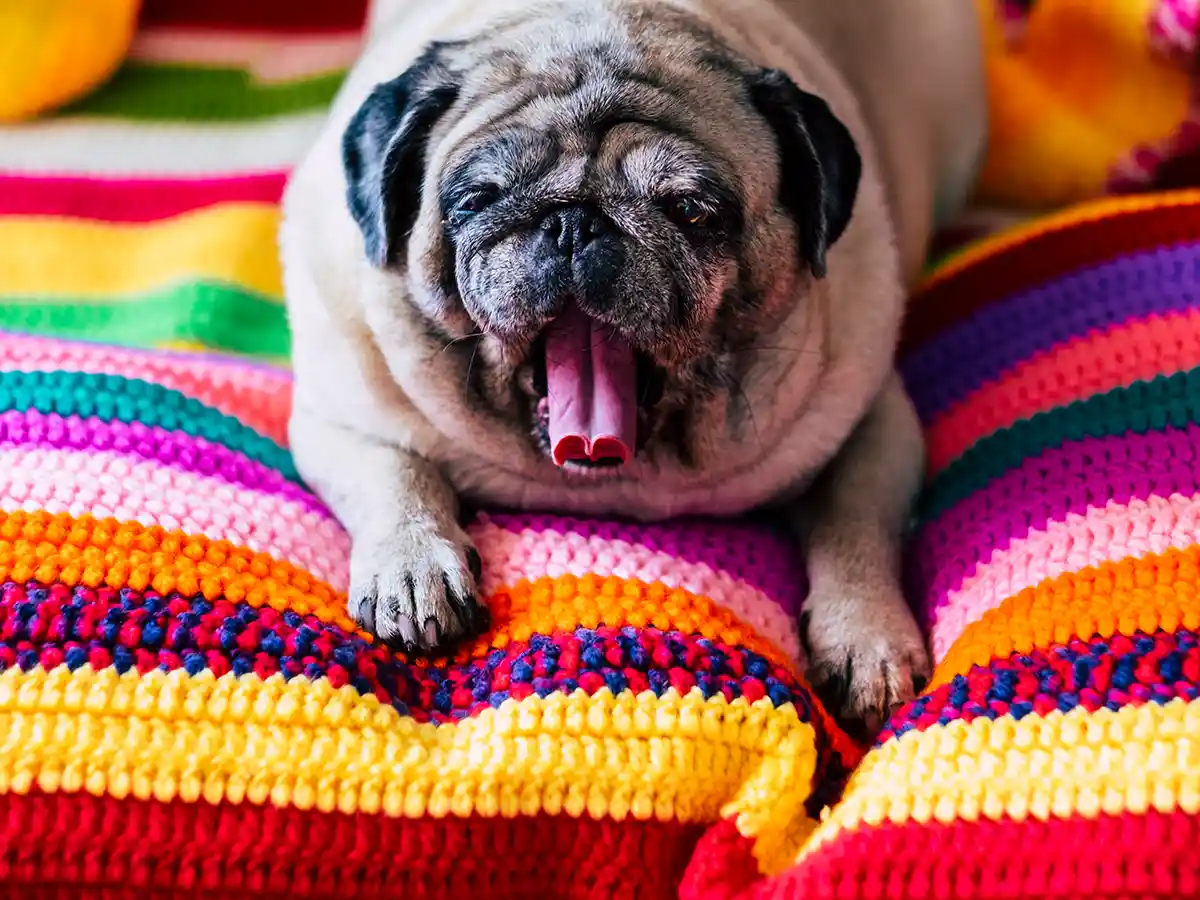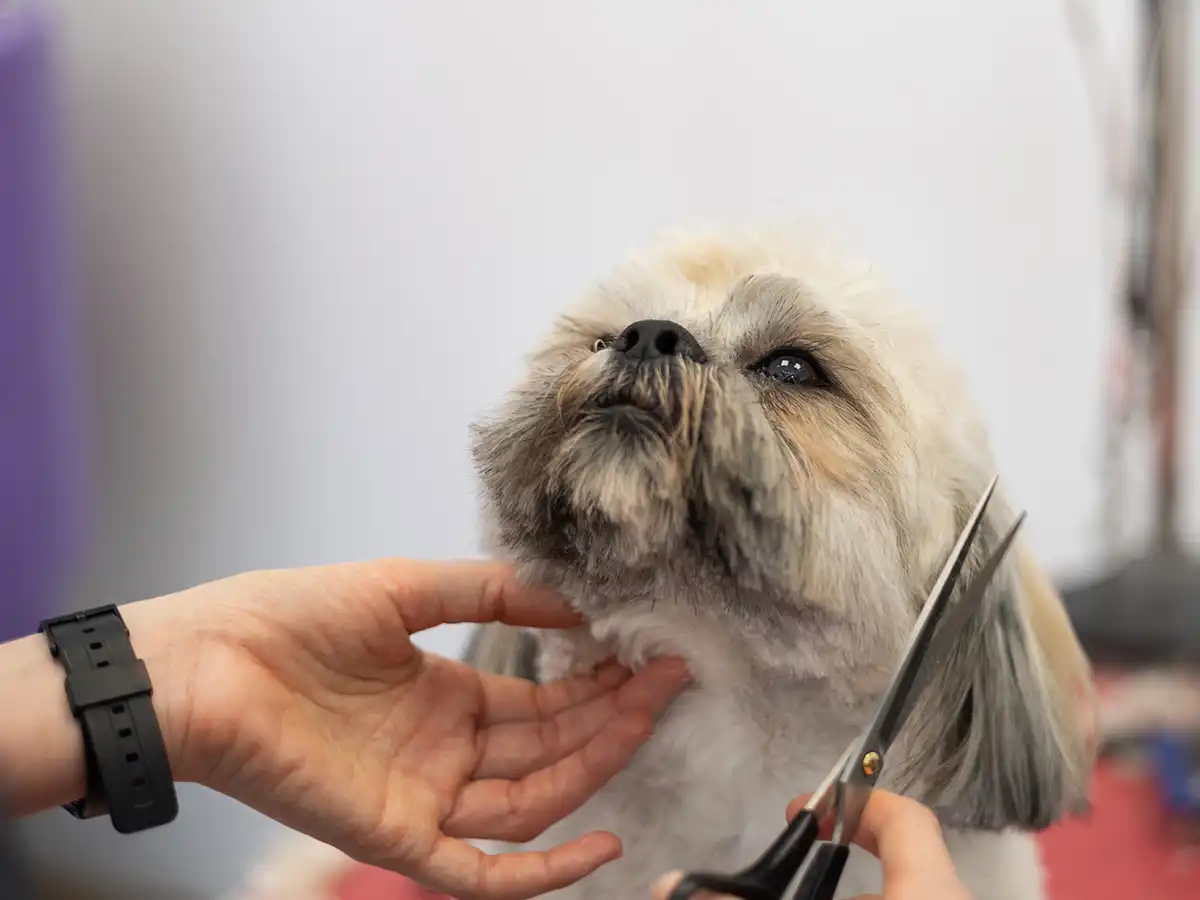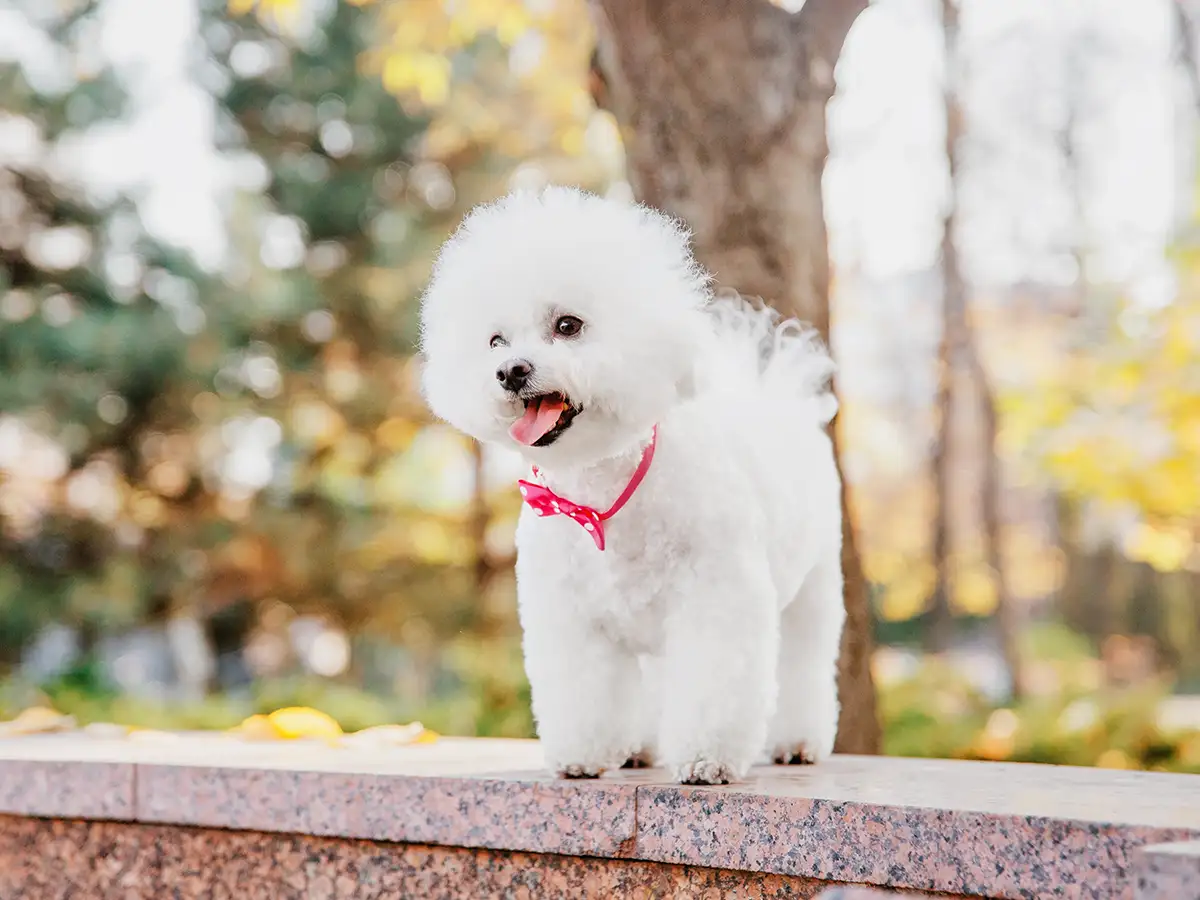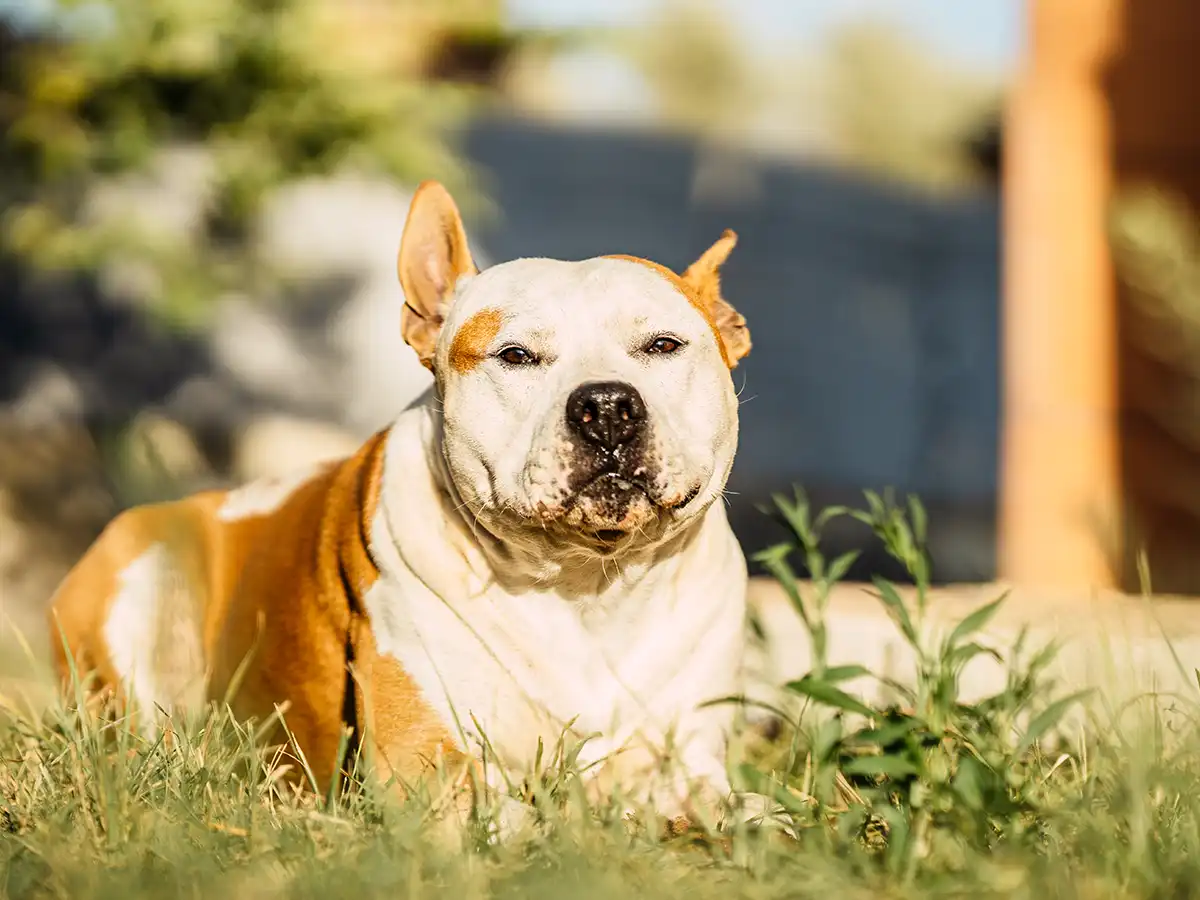Hello, dear reader! If you’ve ever wondered why some pugs seem to skip through life with a wag in their tail well into their later years while others seem to slow down too soon, you’re not alone. This curiosity brings us to a fascinating aspect of their lives—genetics. It’s a big word, but it’s really about the traits pugs inherit from their parents, including how long they might live. So, let’s explore how genetics influences the average lifespan of our squishy-faced friends.
Breeding pugs isn’t just about picking the cutest pair. It’s like being a detective, looking for clues in their family tree to help them live longer, healthier lives. It’s crucial to look beyond their adorable wrinkles and focus on their health. We can give pugs a better chance at a long and happy life through responsible breeding. This means choosing parents who look good and are strong and healthy to avoid passing on any severe health issues.
But there’s more good news! Advances in science, like genetic testing, are helping breeders make even more intelligent choices. This means we can look forward to seeing more pugs living their best lives for as long as possible. As pet owners, we have a role to play by creating a loving and healthy environment for them. This all adds up to a brighter future for pugs, where the term ‘average lifespan of pugs’ will hopefully mean many joyful years together.
Table of Contents
Genetic Insights: How Breeding Affects Lifespan
Hello, dear reader! Have you ever wondered why some pugs seem to bounce with energy well into their senior years while others face health challenges early on? The answer often lies in how we care for our beloved pets and their genes. Let’s dive into genetics and see how it plays a crucial role in determining the average lifespan of pugs.
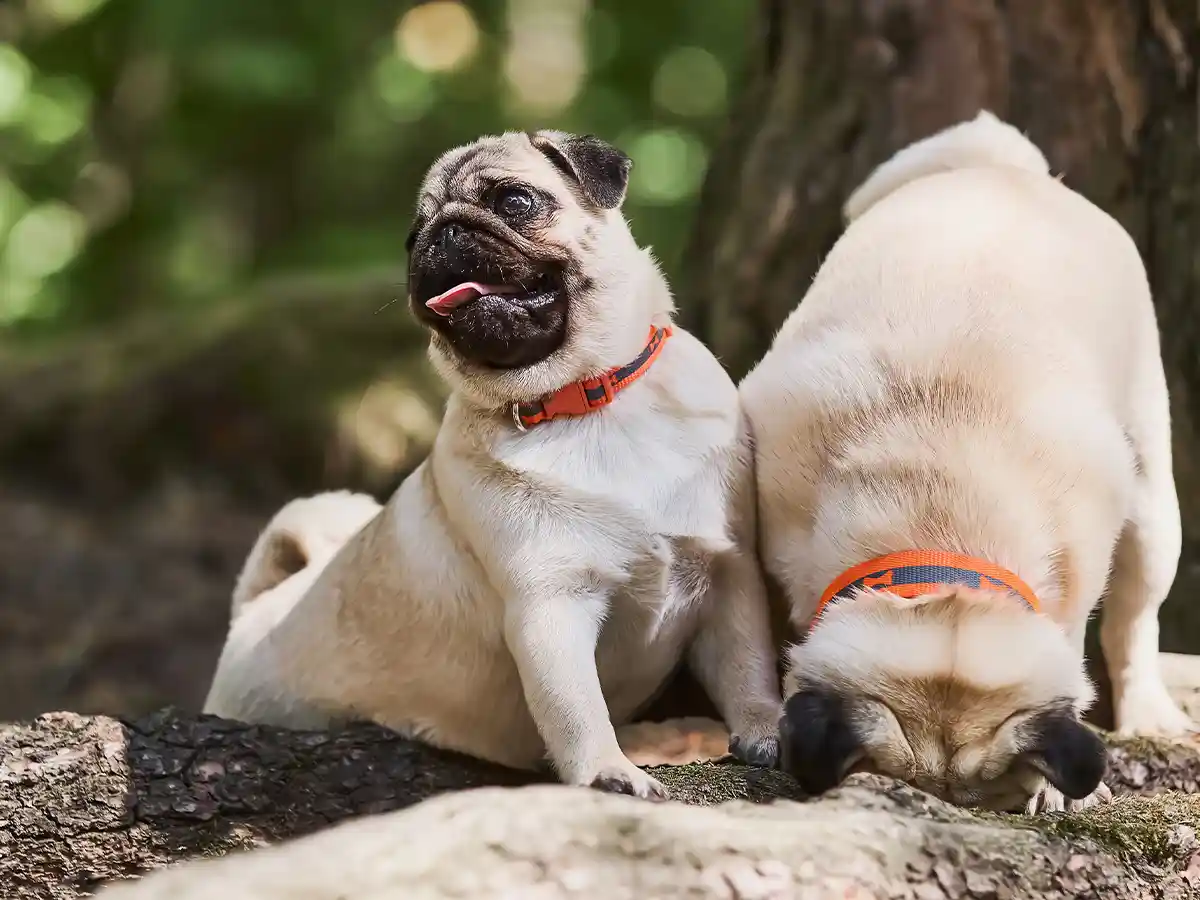
The Power of Genetics
Genetics is like a secret recipe passed down from generation to generation. For pugs, this recipe includes their adorable looks, playful personality, and some health issues. When breeders select pugs for breeding, they often look at physical traits, but it’s also crucial to consider health traits. A well-thought-out breeding strategy can lead to healthier pugs who live longer, happier lives. It’s all about finding the perfect mix of genes that make pugs look cute and keep them away from common health problems.
The Role of Responsible Breeding
Responsible breeding is more than just matching any two pugs together. It’s about understanding their family history. Imagine you’re a detective, piecing together clues about your pug’s ancestors. Breeders should aim to match pugs in a way that reduces the risk of inheriting severe health conditions. By focusing on health as much as appearance, breeders can help increase the average lifespan of pugs. This means happier, healthier lives for these little bundles of joy and less worry for you.
A Brighter Future for Pugs
Thanks to advances in genetic testing, the future looks bright for our pug friends. These tests can identify potential health risks before they become a problem, allowing breeders to make informed decisions. It’s like having a crystal ball that helps predict how breeding choices today might affect the health of future generations of pugs. As more breeders use these tools, we can look forward to a time when the words ‘average lifespan of pugs’ will bring to mind visions of lively, healthy senior pugs enjoying life to the fullest.
Breeding plays a pivotal role in shaping the health and well-being of pugs. We can ensure a brighter, healthier future for these lovable companions by emphasizing responsible breeding practices that prioritize health over mere appearance. Remember, every pug deserves a long, joyful life, and we can make that possible with a bit of help from genetics. So, the next time you cuddle with your furry friend, know their genes hold the key to a long and happy life together. Let’s cherish every moment with our pugs and work towards a future where every pug enjoys the best possible start in life.
The Impact of Environment on Your Pug’s Health
The environment you create for your beloved pug plays a massive role in its health and, consequently, its lifespan. Just like you enjoy a clean and comfy home, your pug does too! Let’s explore how the right surroundings can add sparkle to your pug’s eyes and bounce to its steps, potentially stretching those precious years together.
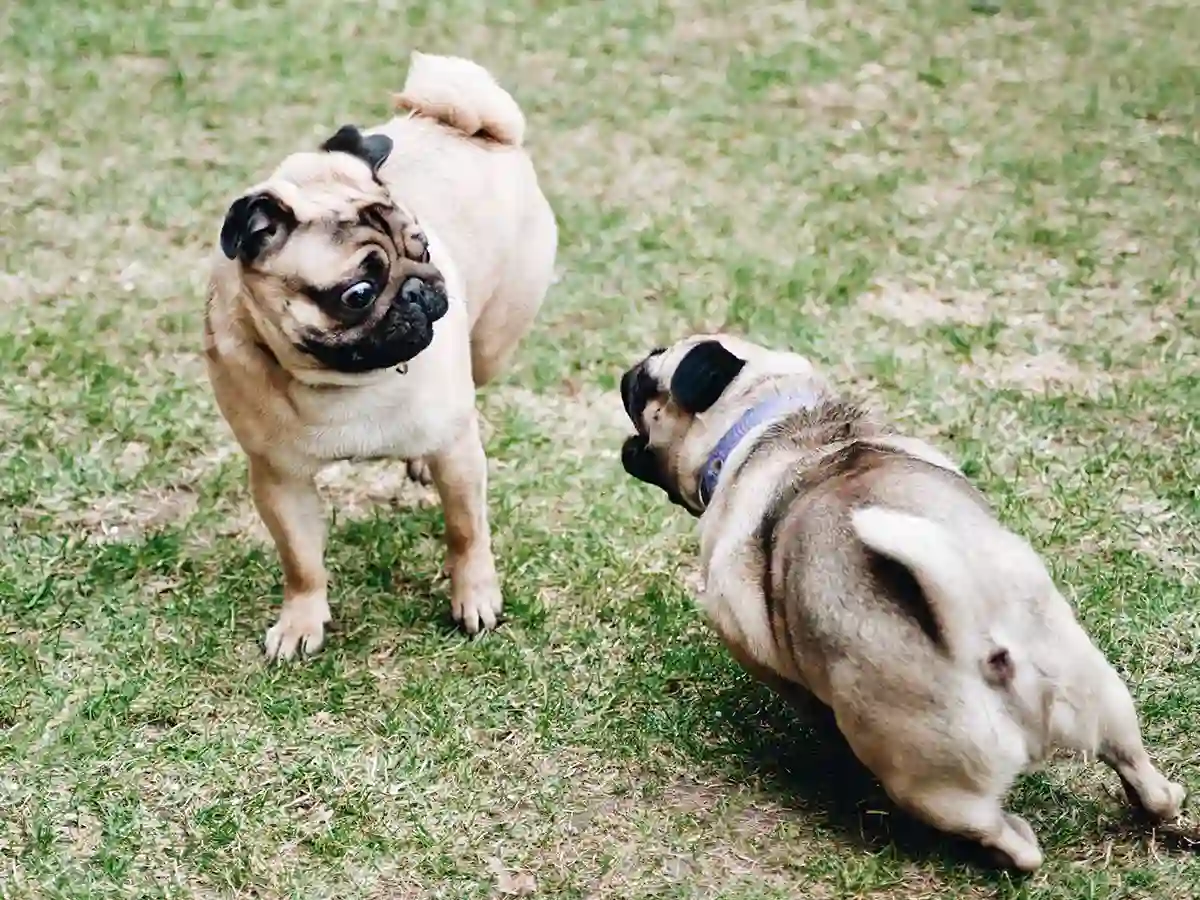
Clean Living Spaces: A Must for Puggy Happiness
You wouldn’t want to live in a dirty, cluttered home. Similarly, for your pug, a clean space is about aesthetics and health. Dust and dirt can lead to respiratory issues, especially since pugs have cute, squishy faces that make breathing a task sometimes. Regular cleaning reduces the risk of allergies and infections. It’s simple: a clean home can lead to a happier, healthier pug with a potentially longer lifespan. And let’s be honest, who doesn’t love seeing a pug hopping around gleefully in a spotless home?
The Great Outdoors: Exercise and Exploration
Pugs might seem like the perfect couch companions, and they are, but they also need their share of outdoor fun. Adequate exercise is crucial for keeping your pug’s weight in check and ensuring their heart and joints are in top shape. But here’s the kicker – the quality of the outdoor environment matters immensely. Clean, safe parks free from pollution and harmful substances can be pug paradises. Imagine your pug trotting along, sniffing in the fresh air – it’s not just exercise but an adventure for them! This joyous activity contributes significantly to extending the average lifespan of pugs. Just remember, keep an eye on the weather; extreme heat or cold can be a party pooper for your little friend.
Social Butterflies: The Importance of Companionship
Did you know that pugs are pretty social butterflies? Yes, they love good company, be it humans or other pets. Social interactions are pivotal in keeping their spirits high and stress levels low. A friendly environment filled with love and playmates can work wonders for their emotional well-being. Imagine the endless tail-wagging and happy snorts! But here’s a note of caution – ensure the companionship is cheerful. Just like in human society, good friends matter. Harmonious relationships in their living environment can positively impact their mental health, a cornerstone for a long and joyful life.
Shield Them from the Noise
In today’s hustle and bustle, noise pollution has become an unwelcome part of our lives. For our sensitive-eared pugs, constant loud noises can lead to anxiety and stress. Creating a serene and quiet space at home helps them relax and unwind, just like a spa day does for you. It’s about making them feel safe in their little den where the chaos of the outside world can’t disturb them. This peace and tranquility are crucial for their overall health and can significantly enhance the average lifespan of pugs.
In a Nutshell
Caring for your pug goes beyond feeding them their favorite treats and ensuring they have a cozy spot on the couch. The environment you craft for them, spanning cleanliness, outdoor activities, social interactions, and peaceful home, significantly influences their health and happiness. By paying attention to these details, you’re not just a pet owner but a pug superhero, extending those cuddle sessions and playful barks for as long as possible. Remember, a happy pug is a healthy one, and a healthy one has a better chance at a longer, joy-filled life. Let’s make every moment count, shall we?
Preventative Measures to Extend Your Pug’s Life
Let’s kick things off with something we all love – food! For your pug, the right food does more than tickle their taste buds. A balanced diet is like a magic potion that keeps them fit, OK, and frolicking around. You see, the average lifespan of pugs gets a nice boost when their meals are more about nutrition and less about table scraps. Pick dog food that’s rich in protein and low in fillers. Imagine you’re choosing a meal for a champion; after all, your pug is nothing less. And hey, while treats are great for training, let’s keep them as treats, not the main course. Your pug’s waistline and well-being will thank you!
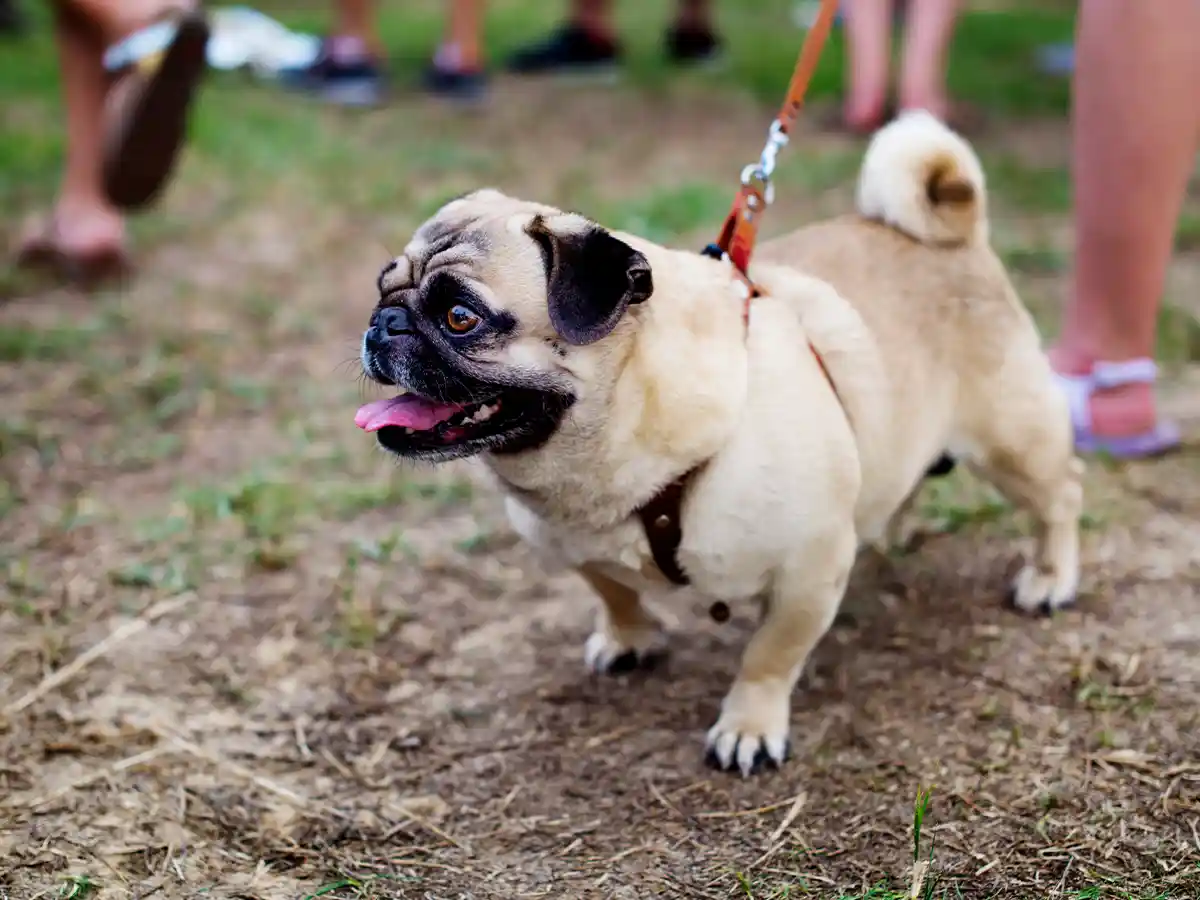
Fitness Fun: Playtime Equals Longer Lifeline
Who said the exercise had to be boring? Certainly not your pug! These little bundles of joy can get a good workout without realizing it. The trick is to make exercise a fun part of the day. A short walk in the morning, a little fetch game in the evening, or a tug-of-war match can work wonders. It keeps their heart pumping and muscles moving, essential for a long, happy life. Remember, the goal isn’t to run a marathon but to keep your pug active and agile. This way, you’re not just dreaming about extending the average lifespan of pugs but actively contributing to it!
A Visit to the Vet: An Ounce of Prevention
Think of your vet as your pug’s best health buddy. Regular check-ups can catch little problems before they turn into significant issues. Vaccinations, dental care, and parasite control are all part of the health package that can add years to your pug’s life. It’s like having a health shield around your furry friend. And while you’re there, chat about your pug’s weight. Like us, pugs can face health risks if they tip the scales too much. A healthy weight means a happier, longer life. So, making these vet visits a habit is brilliant for anyone looking to boost their pug’s average lifespan.
The Power of Prevention: More Happy Years Together
Let’s wrap this up with a simple truth – taking care of your pug is a lot like taking care of a dear friend. You watch out for them, keep them happy, and make sure they’re healthy. Every little step you take, from feeding them right to keeping them moving, significantly affects how long and how well they live. And yes, while the average lifespan of pugs might give you a number, remember, it’s about quality as much as quantity. Focusing on these preventative measures gives your pug a ticket to more joyful years by your side. Who wouldn’t want that?
Remember, every pug is a universe of joy wrapped in fur. By embracing these simple yet effective measures, you’re not just a pet owner but a superhero in your pug’s eyes. So, let’s keep those tails wagging, shall we?
Case Studies: Long-Lived Pugs and Their Secrets
Welcome to the heartwarming world of pugs who’ve decided that age is just a number! Today, we dive into some remarkable stories of pugs who’ve enjoyed longer-than-average lifespans. These little champs have not just defied the odds but have also left us with precious secrets to a happy, healthy life for our furry friends. Let’s unravel these tales together, and who knows? Perhaps you’ll find the golden key to extend the joyous years with your beloved pug.
Puggy the Marathon Runner
First up, meet Puggy, a sprightly pug who’s lived to the grand age of 16, well above the average lifespan of pugs. What’s her secret, you ask? Puggy’s human companion made sure she stayed active throughout her life. Despite their short legs, pugs love a good adventure, and Puggy was no exception. She enjoyed daily walks in the park, occasional hikes, and even participated in fun runs! Her active lifestyle kept her heart strong and her joints supple, proving that a bit of exercise goes a long way in keeping our pugs healthy and happy.
Coco’s Culinary Journey
Next on our list is Coco, a pug who reached the ripe old age of 15. Coco’s secret lies in her bowl – a carefully balanced diet crafted by her loving family. Instead of sticking to store-bought food, Coco’s diet was enriched with home-cooked meals tailored to her nutritional needs. Fresh veggies, lean meats, and a strict no to overly processed snacks ensured Coco enjoyed a diet that was not just delicious but also packed with all the good stuff to keep her going strong. It’s a gentle reminder that the road to a pug’s heart (and health) is indeed through their stomach.
Bubbles: The Social Butterfly
Our final tale is about Bubbles, who celebrated her 17th birthday surrounded by friends, both furry and human. Bubbles lived longer than most pugs, and if you’re searching for her secret, it’s her bustling social life. Regular visits to the dog park and playdates, as well as being a cherished member of the family gatherings, kept her mind active and spirit young. Social interactions play a crucial role in a pug’s life, keeping them mentally stimulated and emotionally satisfied. Bubbles’ story highlights the importance of love, laughter, and companionship in extending the quality and quantity of our pets’ lives.
Through these stories, it’s clear that there isn’t just one secret to a long and fulfilling life for our pugs. A mix of regular exercise, a balanced diet, and a vibrant social life are vital ingredients. Each of these delightful pugs lived a life filled with adventure, love, and lots of treats, pushing the boundaries of the average lifespan of pugs.
Their stories not only warm our hearts but also remind us of the simple yet profound ways we can ensure our pugs lead a happy, healthy life. So, let’s take a leaf out of Puggy’s, Coco’s, and Bubbles’ books and pledge to make every moment count with our furry companions. After all, every extra wag of their tail and additional snuggle time is a precious gift. Remember, it’s the little things in life that make the most significant difference, especially when it comes to the well-being of our beloved pugs.
Average Lifespan of Pugs: The Conclusion
As we wrap up our journey into the world of pugs, it’s clear that their lifespan isn’t just a matter of chance. It’s the result of love, care, and the choices we make for them from the moment they enter our lives. Remember, the average lifespan of pugs can be significantly impacted by actions as simple as choosing the right food, ensuring they get enough play and regular visits to the vet. These steps are small but mighty, helping to ensure our pugs lead not just longer lives but healthier and happier ones, too.
Every pug carries a universe of joy, boundless love, and the potential for years of companionship. By understanding the impact of genetics, the importance of a nurturing environment, and the power of preventative care, we can extend those joyous years. The stories of Puggy, Coco, and Bubbles aren’t just heartwarming tales; they’re blueprints for us to follow, guiding us toward a future where the average lifespan of pugs is a reflection of the best care we can provide.
So, as we move forward, let’s pledge to give our pugs the life they deserve. A life full of love, laughter, and endless tail wags. After all, every day with a pug is a gift, and by focusing on their health and happiness, we maximize those gifts. Here’s to many more years of pug cuddles, playful barks, and those irreplaceable moments that fill our lives with joy. Because at the end of the day, it’s not just about extending the average lifespan of pugs; it’s about enriching every moment we share with them.
FAQs
What is the average lifespan of a pug?
Pugs typically live between 12 to 15 years. Some may live longer with proper care, reaching up to 18 years or more in exceptional cases.
What are the common causes of death in pug puppies?
Pug puppies are vulnerable to parvovirus, distemper, epilepsy, and physical trauma. These conditions can be preventable or manageable with early detection and proper care.
How can I create a healthy living environment for my pug?
To promote longevity in pugs, provide air conditioning to prevent heat stress, use air filters to minimize respiratory irritants, maintain flea and tick control, limit exposure to smoke, and create dog-proof spaces to prevent accidents.
What are the health challenges pugs face due to their brachycephalic anatomy?
Pugs, being brachycephalic (having a flat face), often struggle with breathing difficulties, overheating, and respiratory distress. It’s crucial to monitor their health and environment closely to prevent these issues.
Does gender affect a pug’s lifespan?
Generally, female dogs, including pugs, tend to live longer than males. However, the oldest pug on record was male, indicating that proper care can significantly influence longevity regardless of gender.
How does breeding history affect a pug’s lifespan?
Purebred dogs, like pugs, may inherit health conditions that can shorten their lifespan. When choosing a pug, ensure the breeder is reputable and willing to share detailed health and breeding history.
What are pugs’ most common health scares?
Pugs are prone to brachycephalic airway syndrome, obesity, skin problems, eye problems, dental issues, hip dysplasia, ear infections, and neurological disorders. Regular veterinary care and a healthy lifestyle can mitigate these risks.
How can I prolong my pug’s lifespan?
Ensuring your pug maintains a healthy weight, receives regular dental care, has a diet suitable for their age, and gets frequent veterinary check-ups can all contribute to a longer, healthier life.
What dietary considerations are important for pugs?
A balanced diet, avoiding overfeeding, and choosing high-quality dog food are vital. Monitor their weight closely, as pugs are prone to obesity, which can lead to additional health problems.
How can I take care of my senior pug?
Senior pugs may need adjustments in their diet, more frequent veterinary check-ups, gentle exercise, and special care for joint health and comfort. Watching for signs of cognitive dysfunction and managing chronic health issues become increasingly important as they age.

Meet Biplab Roy, the passionate voice behind our blog’s delightful tales of furry and feathered companions. As the proud owner of a charming pet shop and a thriving farm, Biplab’s life revolves around the enchanting world of pets. With a heart full of love for animals and a wealth of experience in caring for them, Biplab brings a unique perspective to our community of pet enthusiasts.
Biplab’s journey into the realm of pets began with a deep-seated affection for these lovable creatures. His pet shop isn’t just a business; it’s a sanctuary for pet lovers seeking advice, supplies, and a warm community. From chirpy birds to playful puppies and everything in between, Biplab’s shop is a haven for those who share his passion.
But Biplab’s connection with animals doesn’t end at the pet shop door. His bustling farm is a testament to his commitment to providing a happy and healthy life for all creatures under his care. Whether it’s the joyous barks of dogs or the gentle clucking of hens, Biplab’s farm is a symphony of harmonious coexistence.
Through the pages of our blog, Biplab shares his insights, anecdotes, and valuable tips on pet care, drawing from his hands-on experience as a devoted pet owner and caretaker. His articles are a delightful blend of heartwarming stories, practical advice, and a genuine love for the diverse world of pets.
Join Biplab on this journey as he explores the ups and downs of pet ownership, offering a warm and knowledgeable companion for fellow pet enthusiasts. Whether you’re a seasoned pet owner or considering bringing a new furry friend into your life, Biplab’s words are sure to resonate and inspire, making your journey into the wonderful world of pets even more rewarding.

